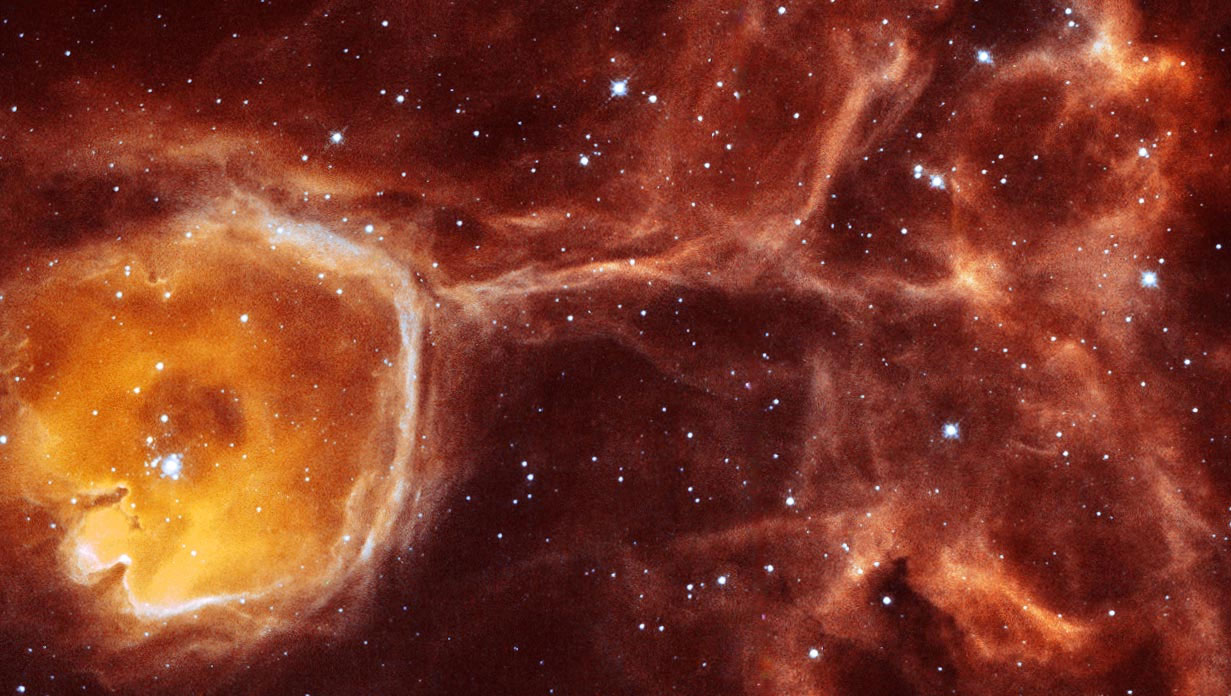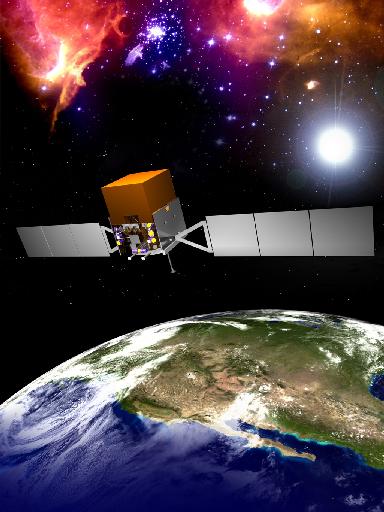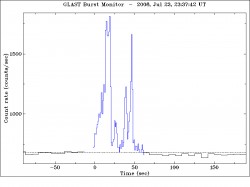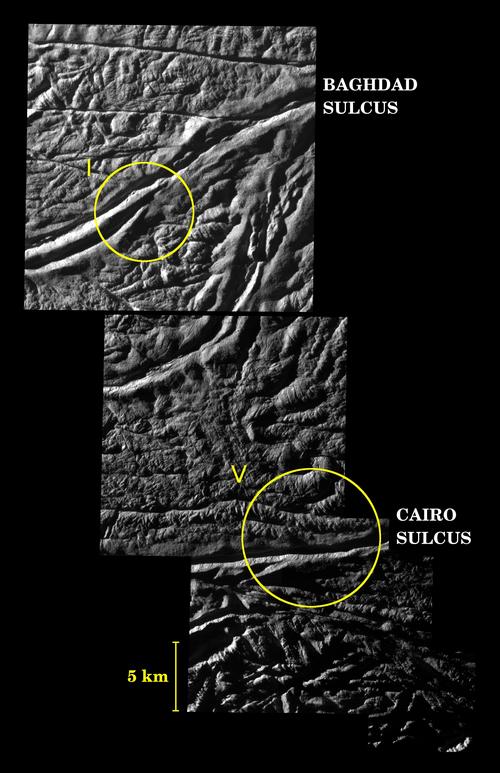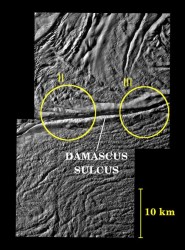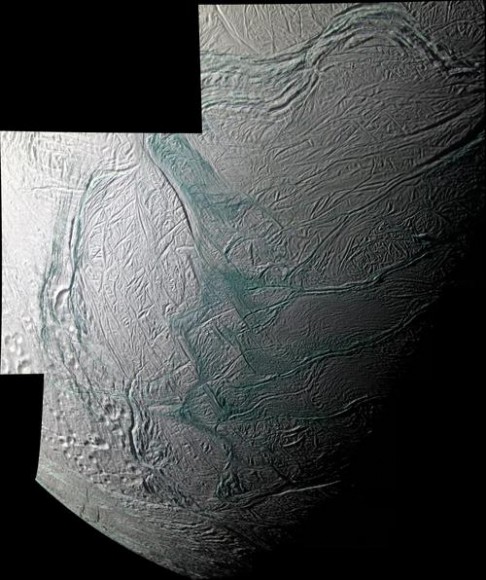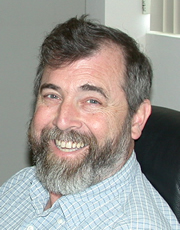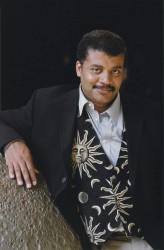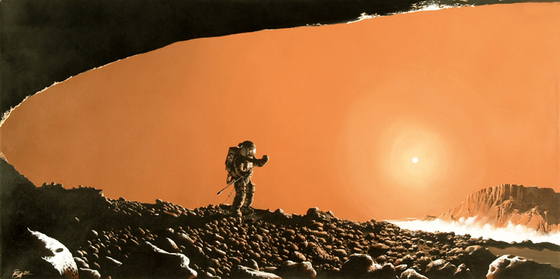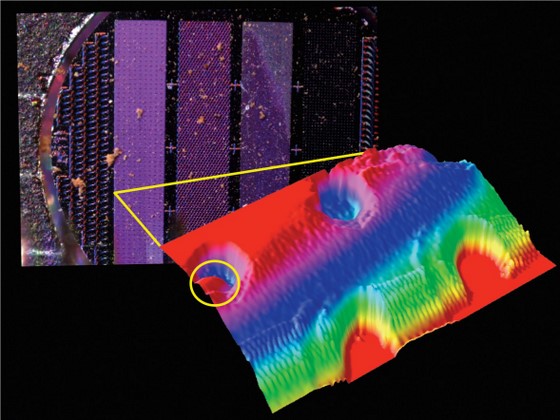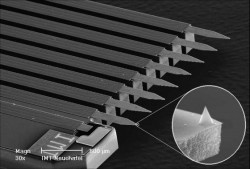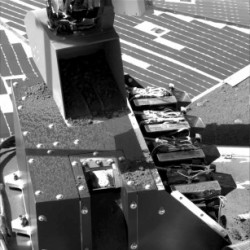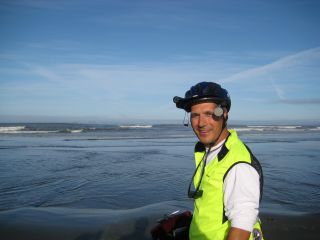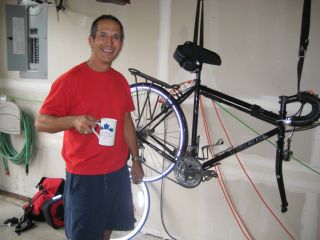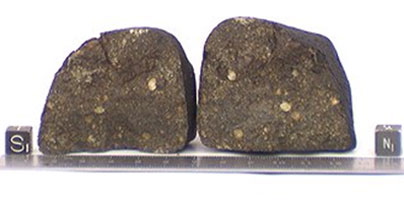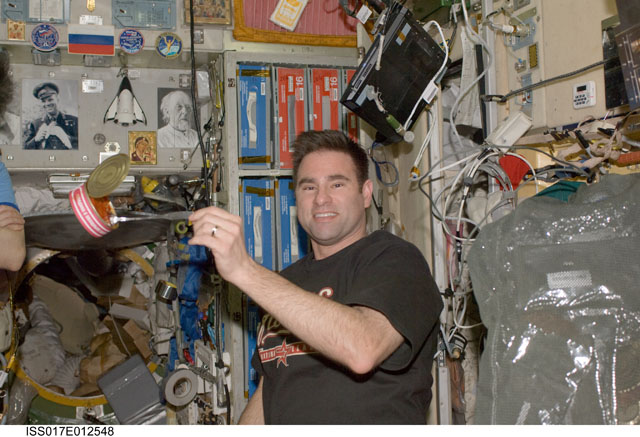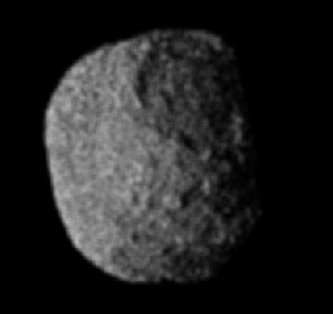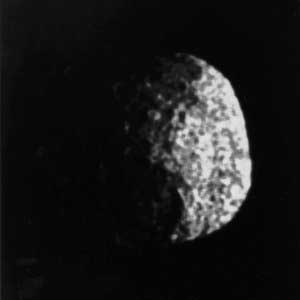[/caption]
Last week, we posted the image above as part of our “Where In The Universe” challenge, where we test our readers’ visual knowledge of our universe. This incredible and unusual Hubble image of object N44F, known as the “Celestial Geode” is a gas cavity carved by the stellar wind and intense ultraviolet radiation from a hot young star. Readers were fascinated by the object and wanted to know more. One of our regular readers, Jorge, asked this question about N44F: “Why is it that we see the back “wall” of the bubble, we see the side walls, but we don’t see the front wall?” I wasn’t able to answer that question, so I sought out one of the astronomers responsible for this image, Dr. You-Hua Chu, professor at the University of Illinois, Urbana-Champaign. Not only did Dr. Chu provide wonderful information about the image, but one of her former students, Dr. Rosie Chen provided Universe Today with an exclusive Spitzer Space Telescope image of the Celestial Geode that has never been published before on the internet.
Dr. Chu explained in more detail what we see in the Hubble image. “This picture shows a cluster of stars that were formed recently, maybe about a million years ago,” she said. “The entire geode was a dense ball of gas and dust. It collapsed under its own gravity to form the cluster of stars.”
Once some massive stars were formed, there was enough UV radiation to ionize the remaining gas, and the stellar wind blows the gas outward. “Depending on how much material exists in each direction,” said Dr. Chu, “an expanding blister may form in the direction with low densities, or a stalled wall is formed in the direction with high densities.”
In response to the question about why we don’t see the front wall of the bubble, Dr. Chu compared the Celestial Geode to a store’s display case. The front wall is so thin, it is as transparent as glass. “You might ask how come we are so lucky to be peering through the thinnest wall of this geode,” said Dr. Chu. “Well, if we were looking at the geode in directions where thick walls exist, we wouldn’t be able to see the inside.”
Dr. Chu said the walls are like a balloon with uneven thickness. The thinnest part will be inflated most and become transparent.
“The interesting thing about this geode is that along its dense wall there are dust pillars sticking out and young stars are being formed at the tips of these pillars. We have obtained Spitzer Space Telescope images of this region and find IR (infrared) sources at the tips of the pillars and the spectral properties of these IR sources suggest that they contain young stars that are still enshrouded in dust.” And here is the Spitzer color composite image, provided by Dr. Rosie Chen, a researcher at the University of Virginia, and created by Dr. Adeline Caulet:
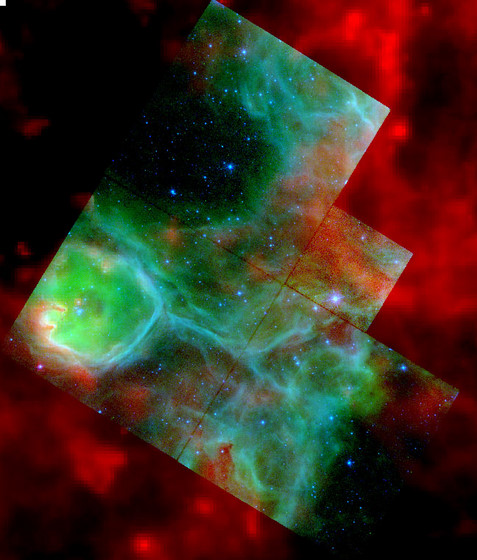
Both Drs. Chu and Chen warned that the Spitzer image may be a bit of a disappointment after seeing the Hubble image. “As you can see the HST images show clearly the detail structure while the Spitzer image is more fuzzy,” said Dr. Chen. “This is because HST’s resolution is over 10 times better than Spitzer.”
When I asked Dr. Chu about how the Hubble image was obtained, she said it was somewhat an accident that this particular part of N44 was imaged. “I proposed to Hubble to observe the superbubble N44 because it had X-ray emissions and I wanted to use high-resolution images to search for supernova remnant shocks,” she said. “The observation was made, but not properly made, so I requested a make-up observation at a slightly different location in N44 to allow an arbitrary roll angle of the space craft.” The Celestial Geode was at the new central position. Dr. Chu said she chose that position because she had always been interested to see what was going on in the ionized gas region, but didn’t have a convincing excuse to propose an observation. “You can say that I took advantage of the make-up observation to sneak in this object,” she said.
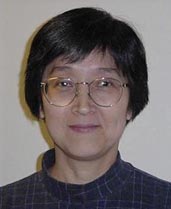
In researching this article, I noticed Dr. Chu’s name associated with many outstanding astronomical images. I told her she must be a busy astronomer. “I have to say that I am a lucky astronomer,” she said. “I try to pursue truth and beauty at the same time.”
Chu and Chen’s paper on N44: “Chen, C.-H.R., and Chu, Y.-H. Gruendl, R.A., Gordon, K.D., and Heitsch, F., “Spitzer View of Young Massive Stars in the LMC HII Complex N44,” 2008, ApJ, submitted.”

